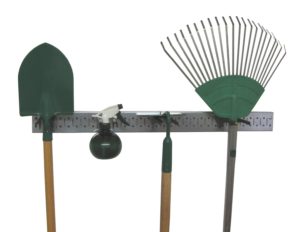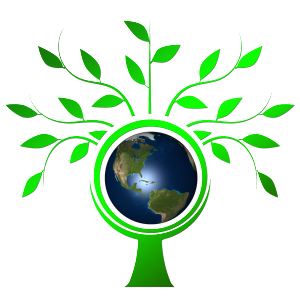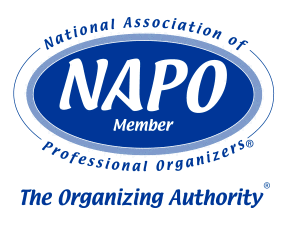 Have you been getting the most out of your summer so far? Some of my clients don’t take advantage of the extra time with their friends and family (no school, vacations, etc.) because they aren’t organized enough to feel comfortable leaving the office. Possibly adding some efficiency to your every day processes will help you get out of the office with a clear conscience.
Have you been getting the most out of your summer so far? Some of my clients don’t take advantage of the extra time with their friends and family (no school, vacations, etc.) because they aren’t organized enough to feel comfortable leaving the office. Possibly adding some efficiency to your every day processes will help you get out of the office with a clear conscience.
Here are some quick tips to get you out the door faster:
- Begin with a “to do” list. Whether you produce your list the afternoon before, or the morning of, each day should start with a clear picture of what needs to get done.
- Tackle the hardest things first while you are full of energy.
- Prioritize your list. Determine what is urgent, important and possibly just aspirational. Chances are everything on your list may not get done. (Eisenhower’s Urgent/Important Principle)
- Work in short, concentrated spurts. Working a solid 45 minutes, then taking a 5 minute break is generally more productive than working three hours straight.
- Delegate when possible. My guess is that everything on your list doesn’t have to be done by you. If you have the support structure available, use it. Caution: Make sure you can truly let the project go. Micromanaging something you’ve delegated may take more time than doing it yourself. When delegating, ensure the person assisting you has all the tools to do the job efficiently and correctly.
- Determine what is “good enough.” Does the analysis need to come with a pie chart? If not, let the pie chart go. Does the budget need to be broken down into 100 categories or will 10 suffice? Ensure that the scope of the project is covered, but determine if the extra time to go into more detail, etc. is really necessary.
- Be open and clear with others about your time commitments. If you generally don’t leave the office before 6:00, changing your pattern to leaving at 4:30 without clearly communicating the change to your associates may prove to be frustrating and unproductive for them. For example, I had a boss that was always in at 6:30 AM. If I wanted uninterrupted time with him, I came in early. I relied on his schedule to get my work done. In addition, be respectful of your co-worker’s schedules. Don’t schedule meetings that may extend outside of the reasonable working hours: let’s say no meetings before 8:30 or starting after 3:30.
- If you want to leave the office at 4:30, start the exit process early, maybe at 4:00 – 4:15. Chances are it will take some time to shut down your computer, have those last few-minute conversations with your co-workers, clear off your desk, etc.
- Resist the urge to do “just one more thing” as you see your exit time approaching. As long as the critical tasks have been completed, give yourself permission to leave the office knowing the world will continue to rotate and the tasks will happily await your attention the next day. 🙂
Cindy Jobs
206-707-3458
National Association of Professional Organizers, Seattle Area Chapter President
Institute for Challenging Disorganization, Six Certificates of Education





















